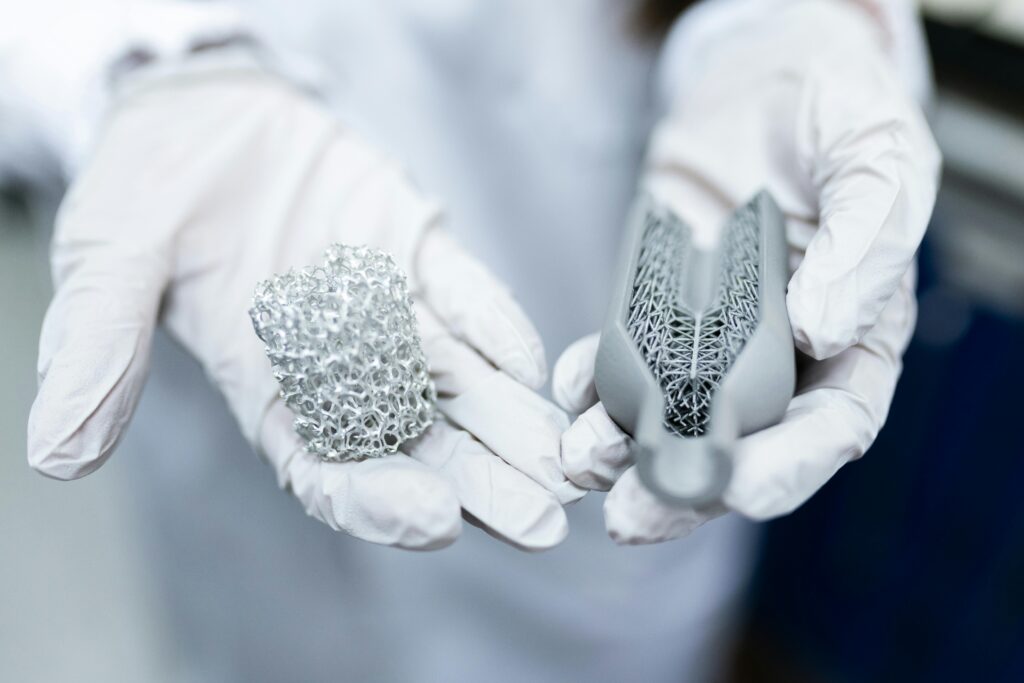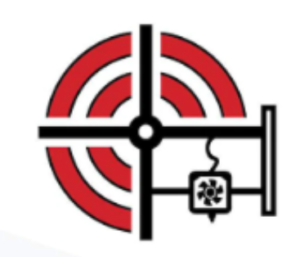3D printing is the latest technology for industrial applications and manufacturing, but what is the next step in the advancement of this cutting-edge process?
There is no question that 3D printing is making waves in industries around the world. Its potential applications are wide-reaching and could make real changes towards helping the environment, solving global issues and encouraging innovation.

By only using the necessary materials, 3D printing can help the manufacturing industry cut waste and save time by creating bespoke parts that meet specific needs on demand. We’ve already looked at how the oil and gas industry could benefit from additive manufacturing and how it could help the sector to move forwards with new systems and ideas.
Going mainstream
The next step is for 3D printing to move from its niche and experimental stage, and into the mainstream. While it may save money theoretically when it’s up and running in a range of service environments, it is costly to implement and set up the machines.

However, 3D printing technology research and development continues to receive funding worldwide. At the beginning of the year, a press release from IDC stated that worldwide spending on 3D printing was anticipated to reach approximately $29 billion in 2020. The revenue would be generated by the United States (about a quarter) and Western Europe, Asia/Pacific and Japan (about half, combined). The fastest growth would come from the Middle East and Africa, and Central and Eastern Europe, showing that 3D printing is a global interest. In the press release Carla La Croce, research analyst for Customer Insights and Analysis at IDC, said: “Thanks to the broader variety of 3D printers and materials that can be used, and also to lower prices, 3D printing is becoming more sophisticated and devoted to newer uses. In addition, existing use cases are increasing their market share.”

It’s certainly not a technology that is going to fizzle out. It may not have made much of an impact on the consumer market (yet) – we’re not seeing a 3D printer in every home – but for industrial use, the possibilities are endless. As major manufacturers, such as HP and GE, have adopted 3D-printing technologies, they will continue evolve to them to the benefit of all industry sectors.
Methods from the past persist. However, 3D printing will not be a complete replacement for traditional manufacturing; rather a complement to the systems already in place. In an opinion piece for 3DPrintingIndustry.com, Franco Cevolini, CEO of CRP Group, said that, while groundbreaking, Direct Metal Laser Sintering (DMLS) would not “undermine traditional technologies and manufacturing methods… We have to be determined to enforce our technological expertise, carving out highly specialised niches. Industries will not stop using mass production.”
This market is more suited to specialized, low-volume custom manufacturing than mass production. The ability to create individual, bespoke parts and prototypes could revolutionise industry, enabling new and innovative designs and research to be undertaken. It is also likely to be a key process in producing after-market parts (according to a 2016 survey), enabling repairs rather than replacements to costly systems, saving money and prolonging the life of machinery in industrial environments.
Therefore, the next step is to keep investing in and improving the technology. Over the next few years, 3D printing will become increasingly used in manufacturing and industrial settings. Additive manufacturing, or 3D printing, has been around in one shape or form for a while. There has been a lot of interest in 3D printing for easing supply chain congestion, especially when it comes to small spare parts. Large metal objects might be the next big thing made with 3D printing. If this method can be used on a large scale, US supply chains could be reimagined. This new metal 3D printing technology could revolutionize the way large industrial products like planes and cars are made, reducing the cost and carbon footprint of mass manufacturing.
The additive manufacturing process essentially entails building a three-dimensional object from computer-aided design (CAD) to add material layer by layer until a final product is complete. One way that 3D printing has changed the supply chain is that warehouses no longer need to keep as many parts on hand. The rationale is that the parts can simply be printed on an as-needed basis. this also means that warehouses can carry less physical inventory but potentially more stock keeping units (SKUs). More SKUs available from local warehouses could also mean quicker replenishment cycles parts that are purchased infrequently. This has only occurred in very limited circumstances. With additive manufacturing, one of the questions is how long it will take to print what is needed. This obviously depends on how difficult the item that needs to be printed is. It also depends on the speed settings of the printer, the size of the item, the type of 3D printer being used, the print quality settings, and infill density. In an article last year, it was reported that the time it takes to print things has decreased. Time for printing included:


